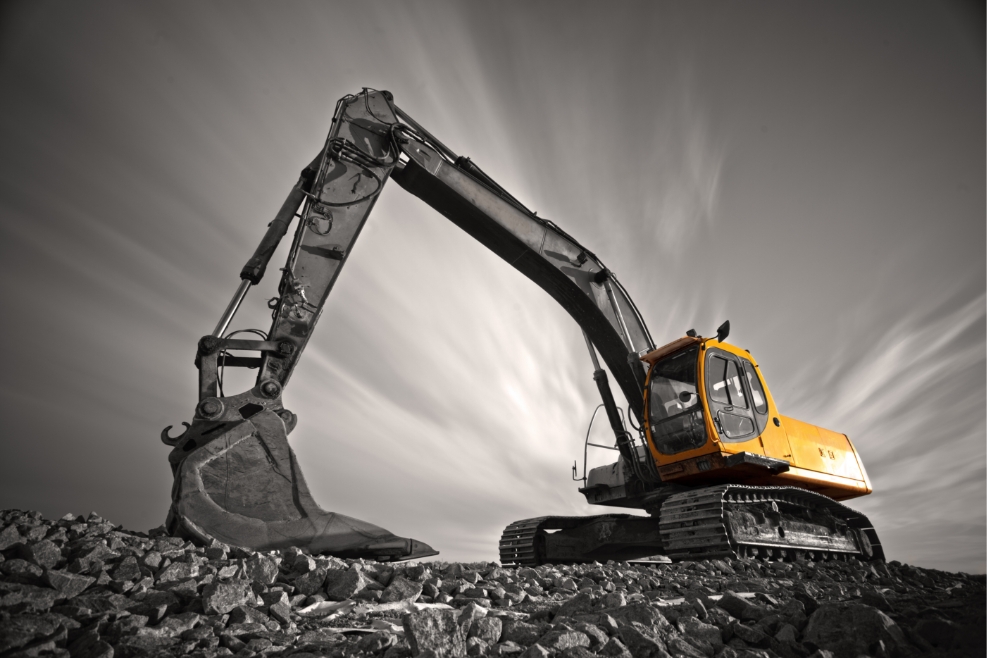2 Common Methods of Backfilling and How They Work: A Guide

Backfilling is the process of filling in a hole or excavation during a construction project. It is usually done using soil or other materials. Backfilling is often necessary after construction work has been completed to avoid pipeline and cable infrastructure issues in the future.
In this article, we will discuss the two standard methods of backfilling. Each method has advantages and downsides, so choosing the right one for your needs is essential. Continue reading to learn more.
Flowable Fill
The most common method of backfilling is flowable fill. It involves using a slurry (a mixture of water and a binding agent) to fill the excavated area. The slurry is pumped into the area and then allowed to harden, creating a solid fill.
Flowable fill involves a fragile concrete mix backfilled into a trench after excavation services. The filling is compacted in place using a vibrating plate compactor. The significant advantage of using a flowable fill is that it can be placed in narrow trenches, often just wide enough to accommodate the compactor.
There are numerous benefits to using flowable fill, including the fact that it can be poured into place, eliminating the need for costly and time-consuming forms. In addition, the flowable filling can be used in areas where traditional backfill methods would be difficult or impossible, such as around utility lines.
Flowable fill has its drawbacks, however. One concern is that the slurry can seep into cracks and voids in the surrounding soil, which can cause instability. In addition, the flowable fill can be difficult to remove if it needs to be excavated again.
Water Jetting
Water jetting is another backfilling method that can be used to fill in voids and gaps. This method uses a high-pressure water stream to force material into the desired area. It is a quick and effective way to fill holes and crannies and can be used in various applications. This method is often used to fill in cracks and crevices and level off uneven surfaces.
Water jetting is relatively simple and can be completed with minimal training. This method is also relatively safe and can be performed without harmful chemicals.
Water jetting is an ideal backfilling method for a variety of projects. This method is quick, effective, and safe and can be used in various applications. Water jetting is a great option if you are looking for a backfilling method to get the job done right.
Conclusion
Backfilling is an essential part of excavation services. It is used to fill in the hole that is created when excavating. Backfilling can be done by hand or with machinery. It is essential to backfill
the hole so that the ground is level and there is no sinkhole.
To ensure that the backfilling is done correctly, you should let the professionals help you. Tap into the expertise of DL Nagel Excavating. We provide top-notch excavating services in Southeast Alberta. We cater to both residential and commercial clients. So, contact us now for a quote!